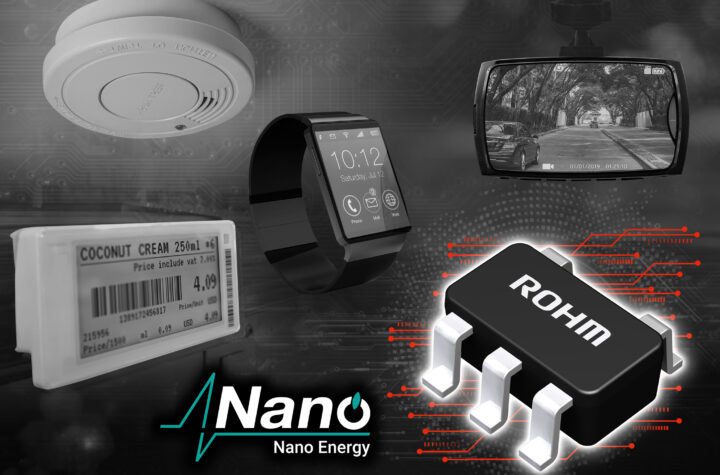Series volume production of metal components using additive manufacturing or 3D printing is coming closer to reality as the technology becomes more cost-effective and flexible.
Dutch firm Additive Industries is accelerating the adoption of industrial additive manufacturing of high quality functional metal parts by offering a modular end-to-end 3D printing system, MetalFAB1, and integrated information platform, Additive World Platform.
Additive Industries was founded in 2012, and has developed one of the first 3D metal printer systems that can be upgraded to a full series production machine for metal additive manufacturing, according to the company. Modular architecture allows for upgrading to a full size MetalFAB1 system. The technology and build volume (420 x 420 x 400 [mm]) are identical in all systems. Modules can also be added to allow the use of multiple materials in one machine without having to clean the powder system and run the risk of cross-contamination.
MetalFAB1 was developed by a team of highly experienced engineers with a background in 3D printing complemented with high-tech equipment developers of semiconductor, electron microscopy and medical scanning systems. Open innovation has led to a new system architecture based on well-proven concepts, combined with the efficient application of functional building blocks from robotics, lithography and other opto-mechatronical systems, says the company.
For Additive Industries, the proof that its system is delivering on its promises is a follow-on order for the Dutch Kaak Group just nine months after the first MetalFAB1 system was installed. Kaak manufactures baking equipment and systems. “We are proud and grateful for this follow-on order from Kaak, one of our most valuable beta customers. They have truly stress-tested our MetalFAB1 system and helped us to improve its performance and mature the machine for series production. This order underlines their commitment and confidence in our technology” says Daan A.J. Kersten, CEO of Additive Industries.
Since delivery of the first MetalFAB1 to Airbus in the first quarter of 2016, between 10 and 15 MetalFAB1 systems have been successfully implemented. The automotive sector is also adopting the technology, and in December 2016 BMW installed its first MetalFAB1 system. Other customers include Airbus and GKN.
In May 2017, Additive Industries successfully showcased its 4-laser version of the MetalFAB1 system to the North American market at RAPID 2017, the largest 3D printing tradeshow in the USA. “Dutch engineers have designed the build chamber and optical sets for full field use of four lasers. Users can print large parts without stitching or being restricted to zones. All lasers can be used on the full build plate, and automatic laser-to-laser self-calibration ensures tight alignment.
“The modular architecture offers Additive Industries’ customers the option to start with one or two lasers and add more later. Redundancy is built in. If one laser is down the others can still finish the component after an automatic reassignment,” said the company in a release.
The flexibility of the design means that customers can use the system to develop build strategies and process settings for new materials and applications before transferring these to larger industrial systems for series production. This prevents disturbance of production planning and regular operations.
Automotive Industries asked Daan A.J. Kersten, CEO of Additive Industries, what are some of the advancements the company has made in metal powder bed fusion technology.
Kersten: We have recognized the drive for more productivity in order to reduce the total cost per part, and simultaneously increase the output of our MetalFAB1 systems. Adding more lasers is a logical step forward. Doing this in a modular way allows our customers to start with one or two lasers and increase the number as demand grows. This only works seamlessly if the lasers are aligned within a very tight bandwidth. Based on our knowledge of lithography optics we have been able to design a patented calibration solution to guarantee alignment. These advancements are available throughout the MetalFAB1 family of system configurations.
AI: What are the benefits of these systems and how does it impact the use of raw materials in production for your clients?
Kersten: Although we cannot discuss individual customers, we can say that the progress of our technology is fast and productivity is growing rapidly. Our 4-laser system plays a crucial role in this improvement.
AI: How soon before the next version of the MetalFAB1 comes out?
Kersten: The MetalFAB1 is a family that consists of a wide variety of configurations, all tailored to the customer application. We are not aiming to launch a new version of the MetalFAB1 because the technology developments in the different functional areas like 3D printing, heat treatment, filtering and storage are not occurring at the same pace. Therefore we will continuously evaluate opportunities to improve the various modules and update these to extend the lifespan of the total system.
AI then asked Mark Vaes, CTO of Additive Industries, to tell us what makes Additive Industries an award-winning company for its technology.
Vaes: Since we were able to start the development of our MetalFAB1 system from scratch we could embed all input from experienced users and create a completely new laser based metal powder bed fusion system. Our customers said we needed to focus on improvements of reproducibility, productivity and flexibility as the key drivers for the new design. Our ambition to increase these by a factor of 10 rather than 10% made us come up with a totally new concept that launched us to a position ahead of the technology curve in the rest of the industry.
AI: How was your 4 full field laser MetalFAB1 received by OEMs North America?
Vaes: The 4-full field laser version of our MetalFAB1 has been very well received because it is a powerful answer to the need to build more parts at a lower total cost which is shared by automotive OEMs as well as their 1st and 2nd Tier suppliers. In addition our target of driving down costs even further to be competitive to metal casting has resulted in interesting discussions about new applications.
AI: Tell us a little about the AdditiveWorld Platform – how does it benefit your customers?
Vaes: Metal Additive Manufacturing is a digital technology, and we are convinced there is a lot of value hidden in the data our system is generating. By managing all data through our Additive World Platform we are able to track and trace all relevant information linked to each part that is produced. Moreover, we are convinced this data allows us to learn much faster than any other way through the use of artificial intelligence and smart algorithms to analyze big data. The Additive World Platform supports the complete workflow from our customers, starting with the design and part set-up to post-processing.














































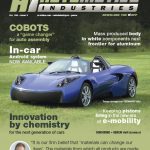 The chemistry of innovation
The chemistry of innovation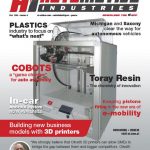 Building new business models with 3D printers
Building new business models with 3D printers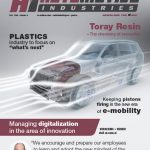 Boosting the efficiency of mobility
Boosting the efficiency of mobility Cobots a “game changer†for auto assembly
Cobots a “game changer†for auto assembly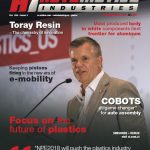 Plastics industry to focus on “what's nextâ€
Plastics industry to focus on “what's nextâ€ Meeting the need for an increasingly diverse range of propulsion systems
Meeting the need for an increasingly diverse range of propulsion systems



